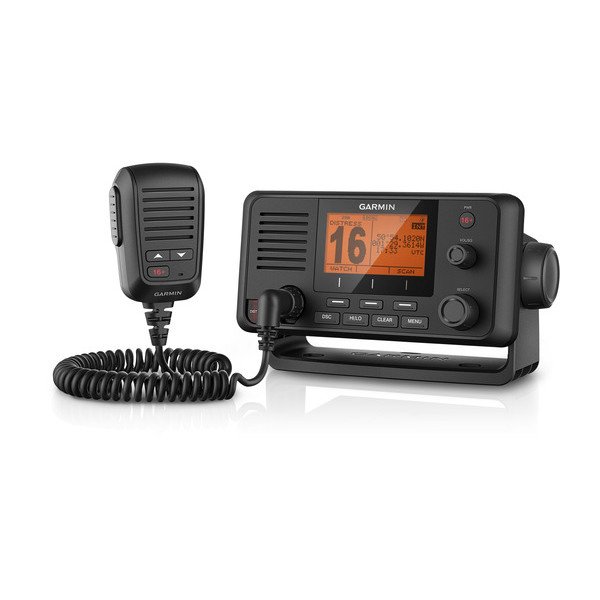A basic explanation of VHF Marine Radio

VHF (Very High Frequency) Radios allow communication between your boat and others, be that other boats, marinas, Coast Guard, Bridges, etc… These are the most common method of short-range communication in the marine industry and the preferred one too.
They typically operate as a set, which are both transmitters and receivers (transceivers) combined that work on frequencies or ‘channels’.
The range of operation is 156-162MHz, with 156-157MHz being various channels for radio communication and 161-162MHz for AIS. These channels are constant around the world, ensuring that no matter where the vessel is, the frequency for specific channels will always be the same.
An example of this is Channel 16, which is always 156.800MHz frequency. This is essential as Channel 16 is the International Distress, Safety, and Calling channel, which all VHF-equipped vessels must monitor.
One important thing to highlight with Channels and frequencies is that whilst the frequency of each Channel remains Internationally constant, the function of that channel does not. For example, the UK Coast Guard operates on 156.000MHz (Channel 0), whilst the US Coast Guard operates on 157.050 and 157.100 (Channel 21 and 22).
*Please note: all frequencies mentioned here are referenced to the Ship Frequency rather than the Shore Frequency. Simplex channels have the same ship and shore freq. which allows ship-to-ship and ship-to-shore communications. Duplex channels do not have the same freq, thus they cannot be used for ship-to-ship comms.
Types of VHF Radio
The type of VHF Radio you choose is dependent on requirements and also preference.
The two main choices are handheld and fixed mounted. There is a third type of Radio called a HF / SSB (Single Side Band), but this isn’t VHF, and it operates differently so it won’t be covered here.
Handheld VHF radios
Handheld VHF radios have the benefit of being lightweight, portable, and usually very simple to use thanks to the limited number of controls on the radio.
If you are caught in an emergency situation then having a handheld VHF is undoubtedly worth it, as you may not be able to reach a fixed VHF depending on the scenario. Alongside this, should the battery fail on-board, a fixed mounted VHF would stop working, whereas the handheld unit will continue to operate. A handheld radio also doesn’t require the installation of a VHF antenna.
The limitations to a handheld radio are simple enough too. The main ones are battery life, power output, and range.
As the radio is battery powered, it is important to always carry a spare battery or battery charger on board, otherwise, you’ll eventually find yourself with a flat VHF radio.
The lower power output and short antenna means that the range is limited… the range is enough to operate in a leisure boat scenario, however, larger vessels and commercial ships will usually choose fixed mounted VHFs.
Fixed Mounted VHF Radio
Fixed Mounted VHF Radio options also have advantages and disadvantages.
As they require a constant power supply, there is no concern over battery life and having to recharge or change them.
Quite often they have independent external VHF Antennas on-board too, which allow for more power from a fixed VHF, which in turn increases the transmit range of the VHF radio.
In modern VHFs, there is quite often an internal GPS too, which enables functions like DSC (Digital Selective Calling) to be used as well, provided an MMSI has been claimed and assigned to the vessel.
The only real drawback to a fixed VHF is that it is fixed in place, meaning you must consider the installation point before fitting. It should be in a practical location where it is easily accessible when required, such as the helm.
On large installations, it is very common practice to find both a fixed and handheld VHF on board, where the handheld is carried by the crew who are not located near the point of install for the fixed VHF.





